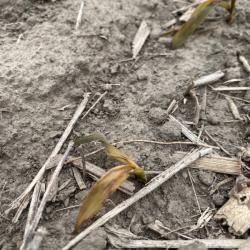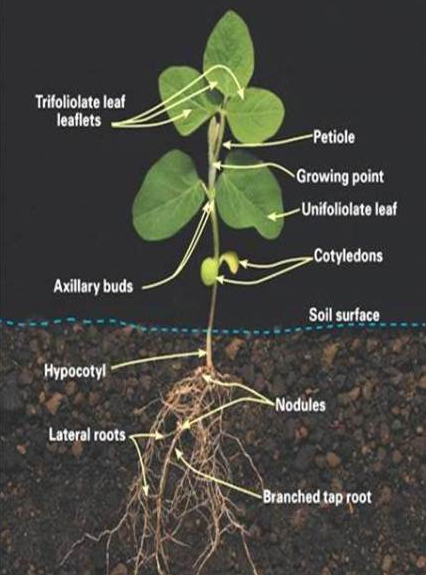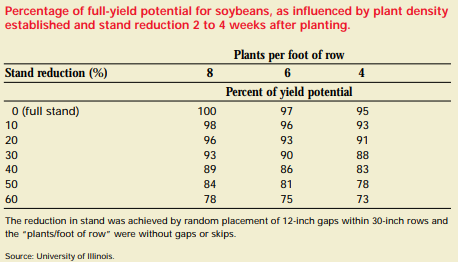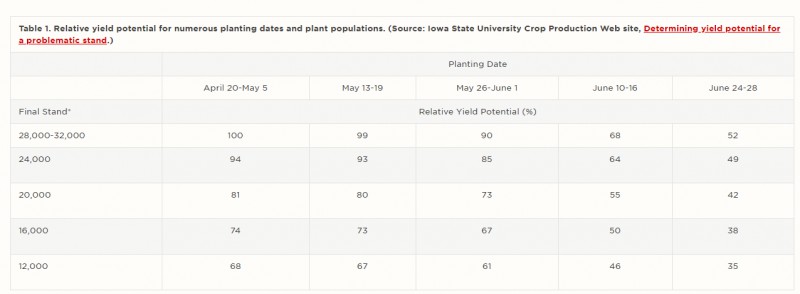What To Know About Frost Damage
Early frost damage is a concern for growers throughout the Western Corn Belt each Spring with the unpredictability of Midwest weather. After the freezing temperatures we experienced last weekend, determining the level of frost damage to plants is important for producers. With many of our producers finishing up planting, we understand the importance of knowing how the freeze impacts your plants.

Some plants will recover from early frost, however depending on the damage, some may need replanting. Corn can survive a frost if a seedling’s growing point is not affected.
What steps should you take after a frost?
- Analyze the frost damage – Frozen leaves will turn silver in the first few hours after temperatures return to normal. Leaf tissue becomes dark and water-soaked, then brown and dry. New leaves will typically emerge within 3-4 days if the growing point is unharmed.
- Patience. Patience. Patience. Waiting for new growth to emerge is necessary to make a final decision on potential harm done to the crop.
- Decide if replanting is required – After 3-4 days, the extent of damage can be better determined. To accurately establish an estimate of the damage, check out plants from three different parts of the field.
- Corn seedlings can handle frost much better than soybean seedlings. The growing point of corn doesn’t emerge from the soil surface until V5-V6 stages. Soybeans growing point is located above the cotyledon; but has risk of frost damage as the cotyledons are emerging through the soil. Below is a picture of a soybeans plant structures. Notice the growing point just above the Unifoliate leaf.

Soybean replant decisions should be based on accurate stand count and interacting factors, including yield potential of the existing stand, planting date, maturity group, and the true cost of replanting. Unfortunately, producers tend to make replant decisions based on quick visual estimations that often underestimate the existing plant population. Seedlings are usually in an early vegetative growth stage with only a few leaves when early stand counts are made. Narrow row widths exaggerate the impression of a low stand level because there are larger within-row spaces between plants.


